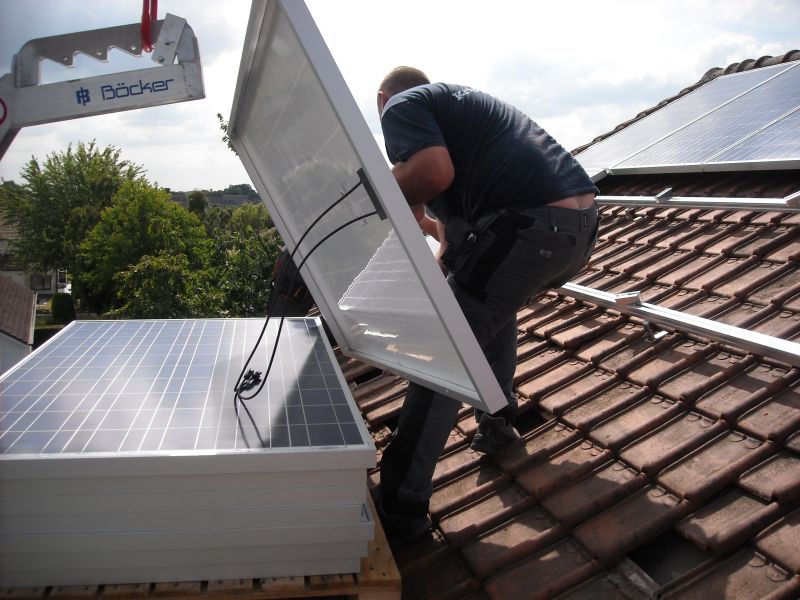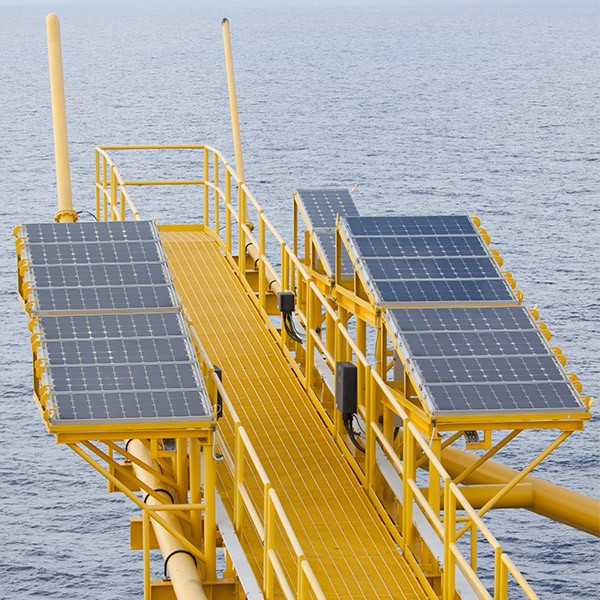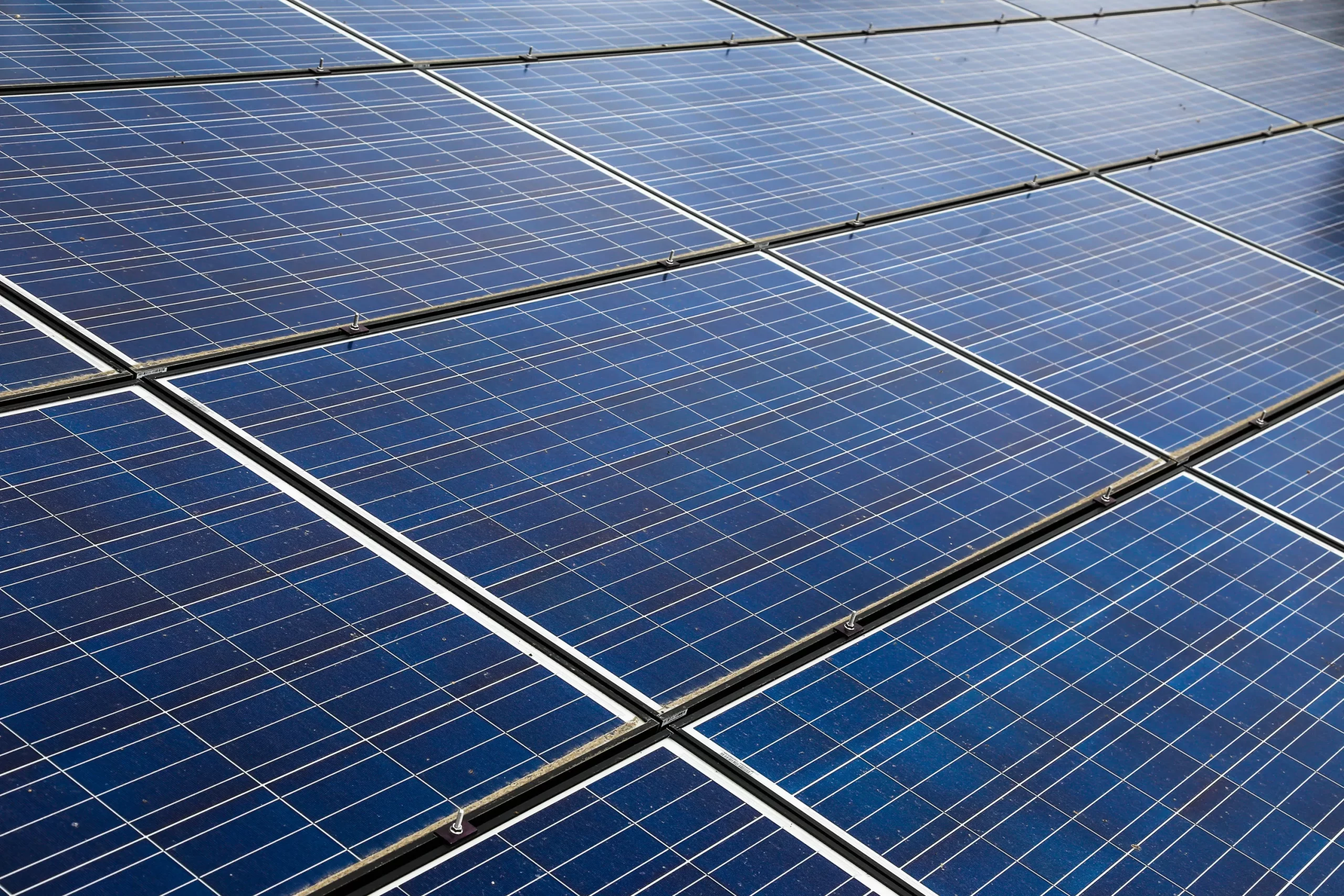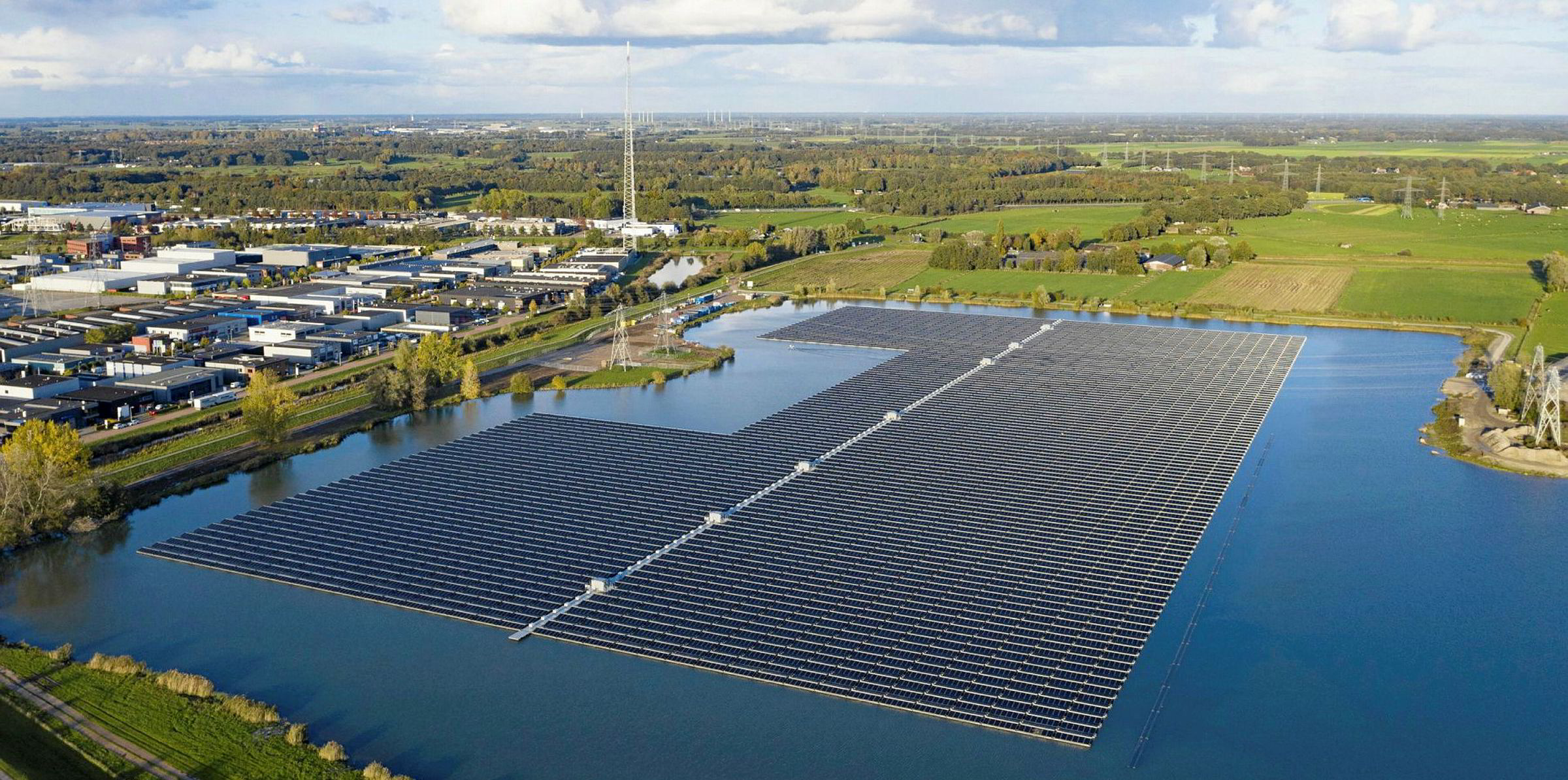Installing solar panels can be a great way to reduce your electricity bill and help the environment by generating clean energy. The process of installing solar panels can seem daunting, but it is actually quite simple if you know the steps to take. In this article, we will walk you through the process of installing solar panels, from choosing a provider to getting your system up and running.
- Choose a provider: The first step in installing solar panels is to choose a provider. You can choose between a national provider or a local provider. National providers typically have more experience and resources, but local providers may have more knowledge of local regulations and incentives.
- Assess your energy needs: Once you have chosen a provider, they will assess your energy needs by analyzing your electricity bill and assessing the amount of sunlight your roof receives. This will help them determine the size and number of panels you need.
- Choose a solar panel system: Based on your energy needs, your provider will help you choose a solar panel system that is right for you. There are different types of solar panel systems, such as monocrystalline, polycrystalline, and thin-film, and each has its own advantages and disadvantages.
- Obtain permits and approvals: Before installing your solar panels, you will need to obtain permits and approvals from your local government. Your provider will assist you with this process and ensure that you have all the necessary documents.
- Install the panels: Once all the necessary permits and approvals are in place, your provider will install the panels on your roof. This typically takes one to two days, depending on the size of your system.
- Connect to the grid: After the panels are installed, your provider will connect your system to the grid. This allows you to sell any excess energy you generate back to the utility company and receive credits on your bill.
- Monitor your system: Once your solar panel system is up and running, you will be able to monitor your energy production and usage through an online portal provided by your provider. This will allow you to track your savings and make any necessary adjustments to your system.
Installing solar panels is a smart investment that can save you money on your electricity bill and help the environment. By following these steps, you can have your solar panel system up and running in no time.




